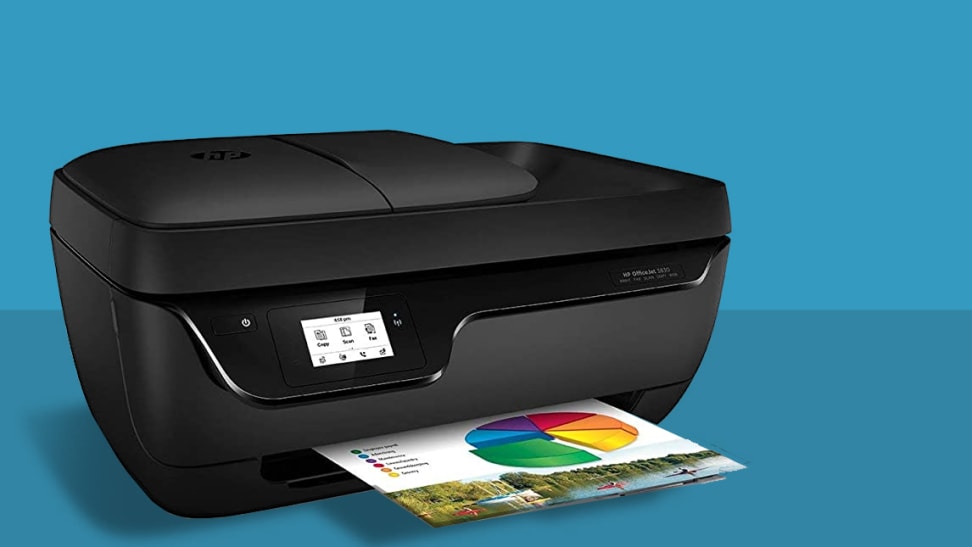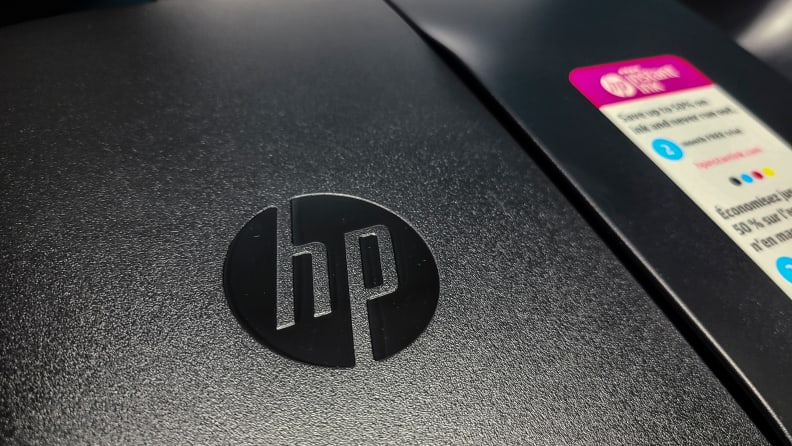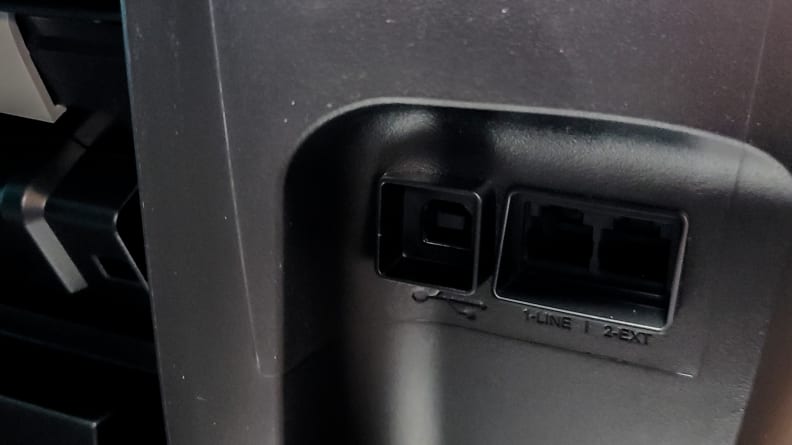Working from home? Here's how to find the best printer
If you suddenly need a printer for your home office, you're not alone.
 Credit:
Credit:
Products are chosen independently by our editors. Purchases made through our links may earn us a commission.
For many reasons, 2020 is not shaping up the way we thought it would. One thing I absolutely did not expect to need? A printer.
Like many of you, the folks at Reviewed are working remotely for the near future. While that’s giving me an excuse to finally set up a proper home office, it means that I need to revisit a chapter of my life I was more than happy to be rid of: printer shopping.
But where do you even start? If you’re like me, you only have to print a handful of documents per year. That’s just how things are now; I bought a house and I didn’t have to print a single thing out. For the few times I’ve needed a paper copy of something, I either print it at work, the library, or I pay a few bucks at a nearby copy shop.
Now? I need to print out shipping labels, receipts, contracts, and coloring book pages to keep my kids distracted. For the millionth time this month I’m asking myself, “How did this happen?”
With flashbacks of all the awful printers I’ve owned over the years running through my mind, I finally bit the bullet and bought one: The HP OfficeJet 3830 and a pack of paper from Target.

HP makes some of the best-selling printers on the market, but we recommend most people skip the Instant Ink program.
I’ll be honest: I wasn’t super confident in this decision. I did my research, but I don’t like buying anything under duress. The self-checkout immediately asked if I wanted to pay $3 for a protection plan—on the paper. While I am riveted to find out why I’d need a protection plan on paper, it wasn’t a reassuring moment. Also, I’m cheap, so I passed.
Setting it up was surprisingly easy, and just about every printer will be the same: Unbox it; remove every piece of tape and cardboard you can find inside; pop in the ink cartridges; and turn it on. Inevitably realize you missed at least one piece somewhere, find that, and you're golden.
In the end, I’m pretty happy. For less than $100 (I paid about $70 on sale), the OfficeJet 3830 was the best combination I could find of:
- Affordable price
- Printer speed per minute
- Wireless capability
- Ink costs
- Good, if mixed user reviews
Is it the best printer I’ve ever used? Meh. It prints well, it was on sale, seems affordable to operate, and when I tested it on my work laptops (a Dell XPS 13 and a MacBook Pro), it didn’t require me to install any extra software. I would also skip the Instant Ink subscription service, which seems right for some people but for most is worth ignoring.
There are some other things I don’t like, but most of them are pretty universal to home printers. The biggest one is the connector, which uses a full-size USB-B to plug into the printer. Yes, that's USB-B. When you think "USB port" you're generally picturing a "USB-A" cable, or a brand-new "USB-C" cable. Here’s what the most familiar USB connectors look like, with USB-B all the way off to the right where it belongs:

USB-B is the one way on the right that you've (hopefully) never had to deal with before.
Full-size USB-B cables are basically known as “printer” cables because virtually nothing else you own will use it. Compare that to smaller “Mini” or “Micro” USB cables (which are technically USB-B cables with smaller connectors), which have been used for more than a decade on phones, cameras, video game controllers, mp3 players, etc.
Printers are large and don’t need to use smaller connectors, but if they’re not going to include the cable in the box (which most don’t, because they’re also wireless—and cheap) then at least choose a more common connector. I have 17 mini-USB cables in my junk drawer. The only reason I own a full-size USB-B cable is my last printer used the same dumb port and I had to pay $12 for one when the Wifi stopped working.

The USB and Ethernet ports are located on the back, for hooking it up for wired internet and as a fax machine.
Full-size USB-B cables are the Michael Collins of USB cables. No, not the Irish revolutionary. The other one, aka the Apollo 11 astronaut not named Buzz Aldrin or Neil Armstrong. The guy who flew the mission to land on the moon that you didn’t know existed until right now. Wild, right? At least he was useful.
Anyway, so far I’m pretty happy with the HP that I bought. If your needs are a bit different, there are definitely some other models to consider that are similarly well-regarded. Here's my shortlist:
If you need something cheaper... then I'd go with the HP DeskJet 2622. It costs $60 and it's one of the best-selling printers at a bunch of retailers, with generally stellar reviews.
If you need to print a few thousand pages per month... then go with a laser option like the HP LaserJet M479fdw, which is the #1 selling laser printer on Amazon with excellent reviews and a deep discount right now. An inkjet printer can cost 3-4x as much to print per black-and-white page. If you just print a few hundred pages, those savings won't mean much. If you print a few thousand every month? The laser printer will eventually make up the cost. But if you need that kind of printing capability, you likely aren’t standing in an aisle at Target wondering how the hell we got here.
For the rest of us, we’re just trying to make it through. I hope nothing happens to my paper.
